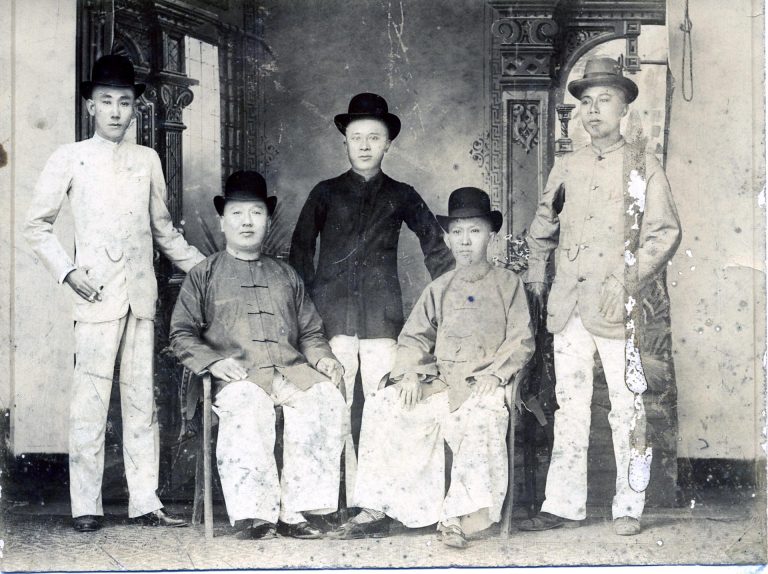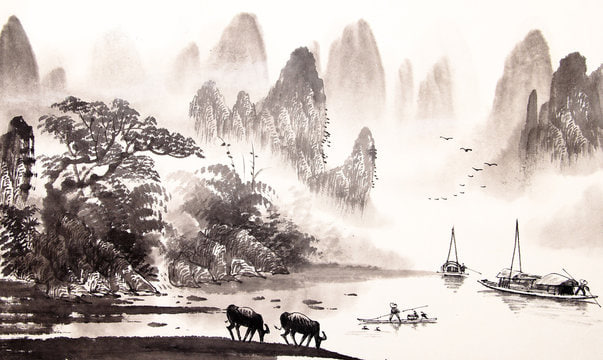Is your last name spelled Ng, Wong, Wang or Uy? If so, there’s a good chance that the original Chinese surname of your ancestors is 黄, pronounced Huang in Mandarin.
Huang is the 7th most common surname in China, and many communities worldwide in places like Vietnam, Korea, Taiwan and Singapore also share the same surname. The surname Huang was derived from the Chinese character ‘huang’ (璜), which refers to arc-shaped jade artifacts that were worn as pendants or belt ornaments in ancient China.
The roots of the Huang family stretch far and wide. Most Huang descendants can trace their ancestry back to one of three Huang Kingdoms (黃國) that reigned during the Xia (夏), Shang (商) and Zhou (周) dynasties.
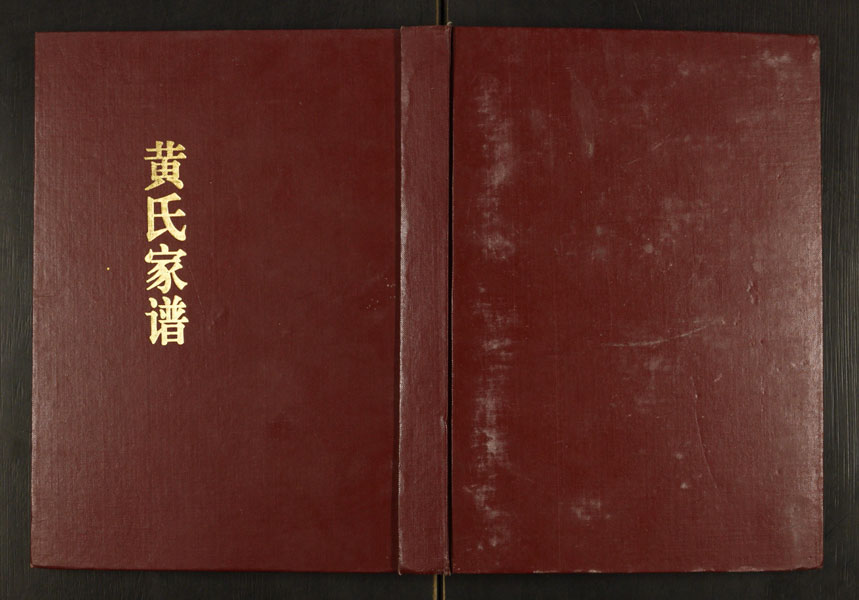
Looking for your Huang family history book?
What are the origins of Huang?
The most famous and revered of the ancient Chinese emperors is Huang Di (2697–2595 BC), a mythological ruler who is considered the ‘father’ of all Han Chinese people. He is also known as ‘the Yellow Emperor’, since Huang also means ‘yellow’. Many centuries later, Huang Di’s descendant Tai Tai and his fellow members of the Jin Tian Clan (金天氏) were assigned to govern the continent of Fen / Fen Zhou (汾州). This vast expanse of land was further divided into four kingdoms, and one of them was the Huang Kingdom (黃國), which many sources believe to be the cradle of the Huang clan.
Other historical accounts trace the origins of the Huang clan to the Dong Yi tribe (东夷) or Eastern Barbarians, which refer to the earliest known inhabitants of eastern China. The Dong Yi mainly functioned as a tribal alliance group comprising 9 different tribes that worked together to protect their shared territories and common economy. One of these smaller tribal groups was known as the Huang Yi (黃夷). They bore the motif of the yellow oriole or huangying (黄莺) as their tribal totem.
The clan underwent many periods of migration and relocation during its long history. During the Jin dynasty (266-420), barbarian invasions in the north drove the Huang clans to migrate southward to modern-day Fujian province. Branches of the clan moved further south during the Tang dynasty (618-907) to Guangdong, and many more Huang descendants later traveled outward to various destinations in Southeast Asia to begin new lives abroad.

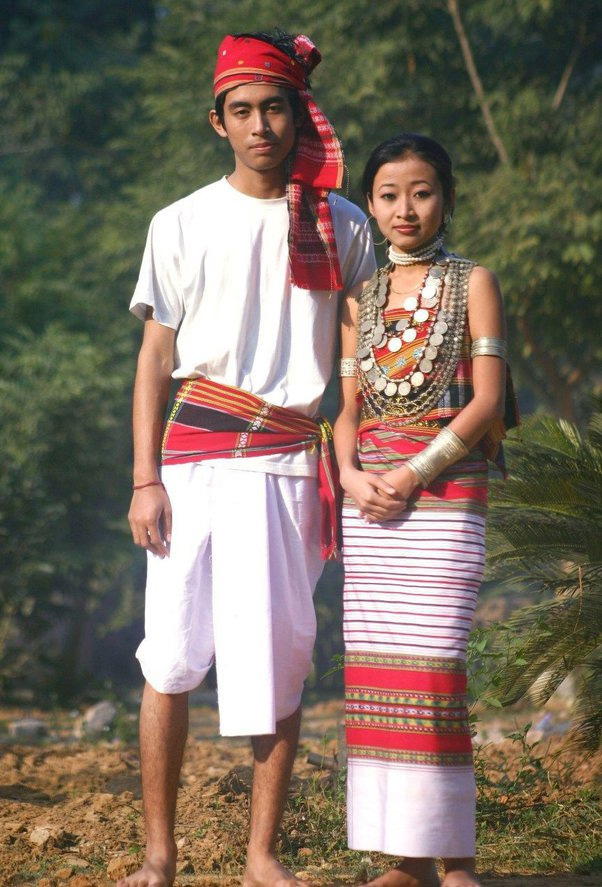
Did you know?
An iconic watercourse that bears the ‘Huang’ name is none other than the Yellow River or Huang He (黄河). It is the second-longest river in China after the Yangtze River, and the sixth-longest river system in the world with an estimated length of 5,464 km (3,395 mi). Huang He is known to be ‘yellow’ due to the large volume of sediments and silt that flows through its waters. However, these natural movements have resulted in the surrounding land being exceptionally fertile and arable, which led to the prosperity of early Chinese settlements in the local area. As such, the Yellow River is considered to be the birthplace of ancient Chinese civilizations.
Image: ThoughtCo
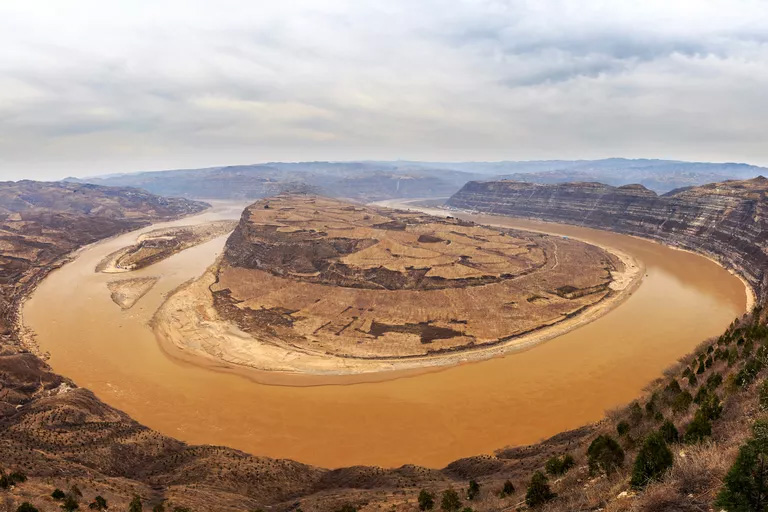
Huang

| Meaning | Yellow |
| Symbols | 卯 + 金 (“metal”) + 刂 (“knife”) |
| Legendary Ancestor | Huang Di, the Yellow Emperor |
| Founding Ancestor | Hui Lian 惠连, the founder of the Huang Kingdom 黃國 |
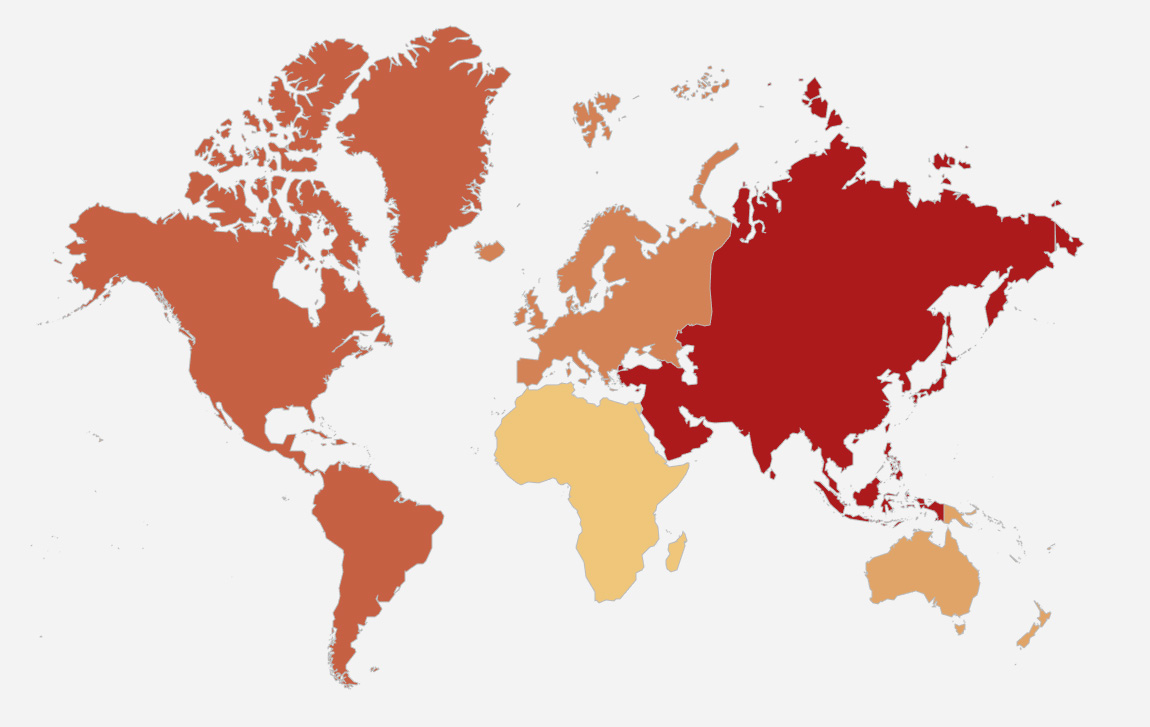
Spelling Variations
By Dialect
| Cantonese | Wong, Bong |
| Hainanese | Ui, Oei, Guang, Hwuang, Hwee, Oi, Ong, Ng, Wan, Wang, Wee, Wong, Wui |
| Hakka | Wong, Vong, Bong, Eng, Oeij, Ooi, Whong, Ng |
| Hokkien | Ng, Ong, Uy, Eng, Hwang, Oei, Ooi, Wang, Wee, Wong |
| Mandarin | Huang |
| Teochew | Ng, Huang, Wee, Wong |
By Country
| Australia | Chuey |
| Cambodia | Ung, Oung |
| Hawaii | Achuck, Achun, Awa, Awong, Bing-you, Bo-linn, Dott, Dun, Foon, Gow, Hai, Hong, Howe, Hoy, Jig, Moon, On, Tsoming, Wing, Wong foo, Wongwai, Yook, Akana, Ahana |
| Indonesia | Ui, Wi, Winoto, Wijanarko, Widagdo, Winarto, Winata, Willys, Witoelar, Wirya, Wijaya, Widodo, Wijonarko, Wibowo, Oei, Oeij, Wiraatmadja, Oey, Wee, Darwis, Wienathan, Widiatmo, Widjaja, Wiryo, Willy, Wongkar, Wiryanto, Winardi, Wibisono, Wiryono, Wiranata, Wiyono, Wijono, Wuisan, Wisanto, Windra, Jingga, Ngadimin, Ngadiman, Ngadimo |
| Jamaica | Wong |
| Korea | Hwang |
| Macau | Wong, Vong |
| Malaysia Singapore | Eng, Wee, Ooi, Uwi, Ng, Wong, Bong, Ong, Boong |
| Peru | Won, Hip |
| South Africa | Soon-Shiong |
| Suriname | Wong |
| Taiwan | Hwang, Ng, Huang |
| Thailand | Saeyang, Sae-Yang(lu mien), Ung, Oung |
| Trinidad and Tobago | Hu |
| Vietnam | Huỳnh, Hoàng, Huynh, Hoang |
| United States | Aong, Huang, Hwang, Hwong, Ng, Oei, Ooi, Ung, Uy, Vong, Voong, Vuong, Wahng, Wang, Waung, Whang, Wong, Woong, Wung, Nguon |
Who are famous Huangs in modern history?
From emperors, prime ministers, and generals, to intellectuals, film stars and kung-fu masters: there’s nothing that Huangs can’t do. Some of the most prominent Huangs in modern history include:
- Penny Wong: Australia’s Minister for Foreign Affairs, and previously the country’s Minister for Climate Change, and Minister for Finance and Deregulation
- Wong Fei-hung: Chinese martial artist and folk hero who became the subject of many martial arts films and cult classics
- James Wong: Hong Kong-born American television producer, writer, and film director who is best known for The X-Files and Final Destination
- Eddie Huang: Celebrity chef and food personality whose 2013 biography Fresh Off The Boat later inspired the award-winning television sitcom of the same name
- Huang Xiaoming: Chinese singer, actor and model

How do Huang families stay connected today?
Huangs around the world celebrate their ancestry through global and regional Huang clan associations which organize gatherings, community activities and dinner events on a regular basis. Clan associations had their origins in China but were later reproduced overseas by migrant populations. These Huang clan associations thus play an important role in promoting cohesion and togetherness among overseas Chinese communities.
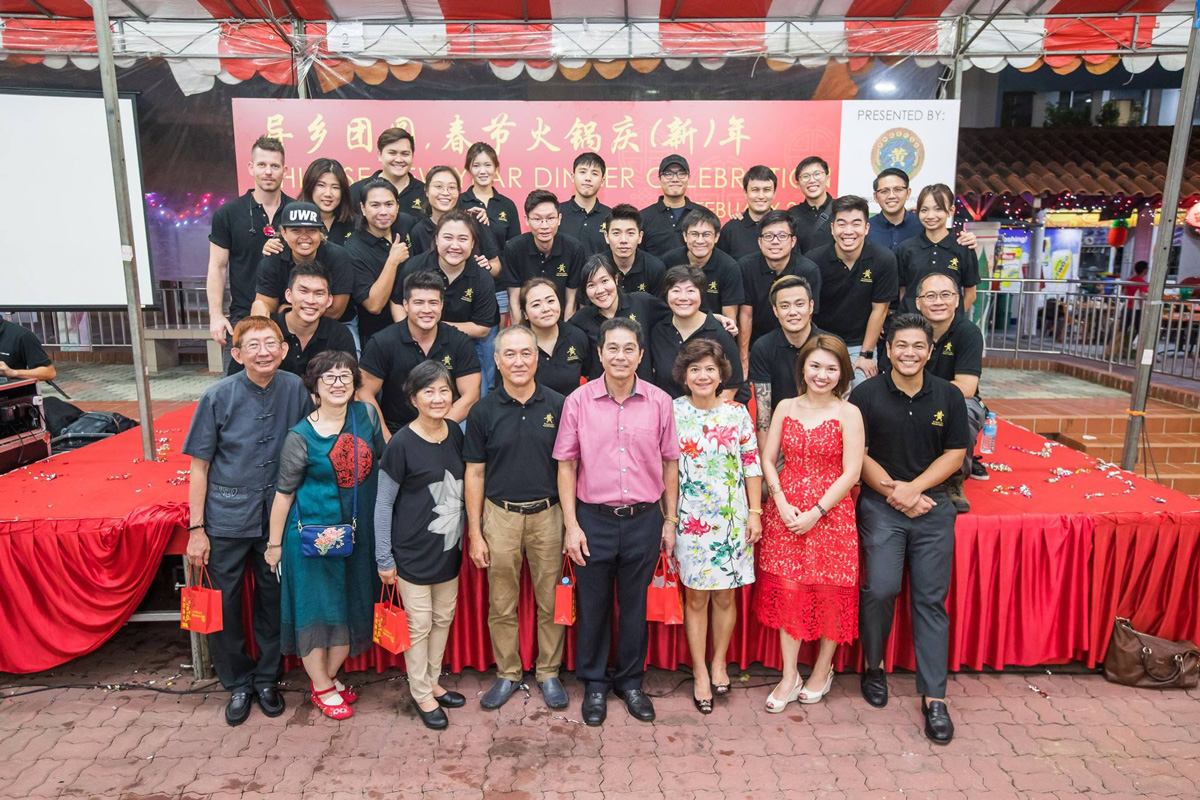
Are you a Huang? Who were your ancestors?
You can find the stories of your ancestors in a Huang zupu, or family history book. Known as the Holy Grail of Chinese genealogy, a zupu records the names of your ancestors, their values, migration journeys, and more.
What do you know about your family history? Tell us in the comments!
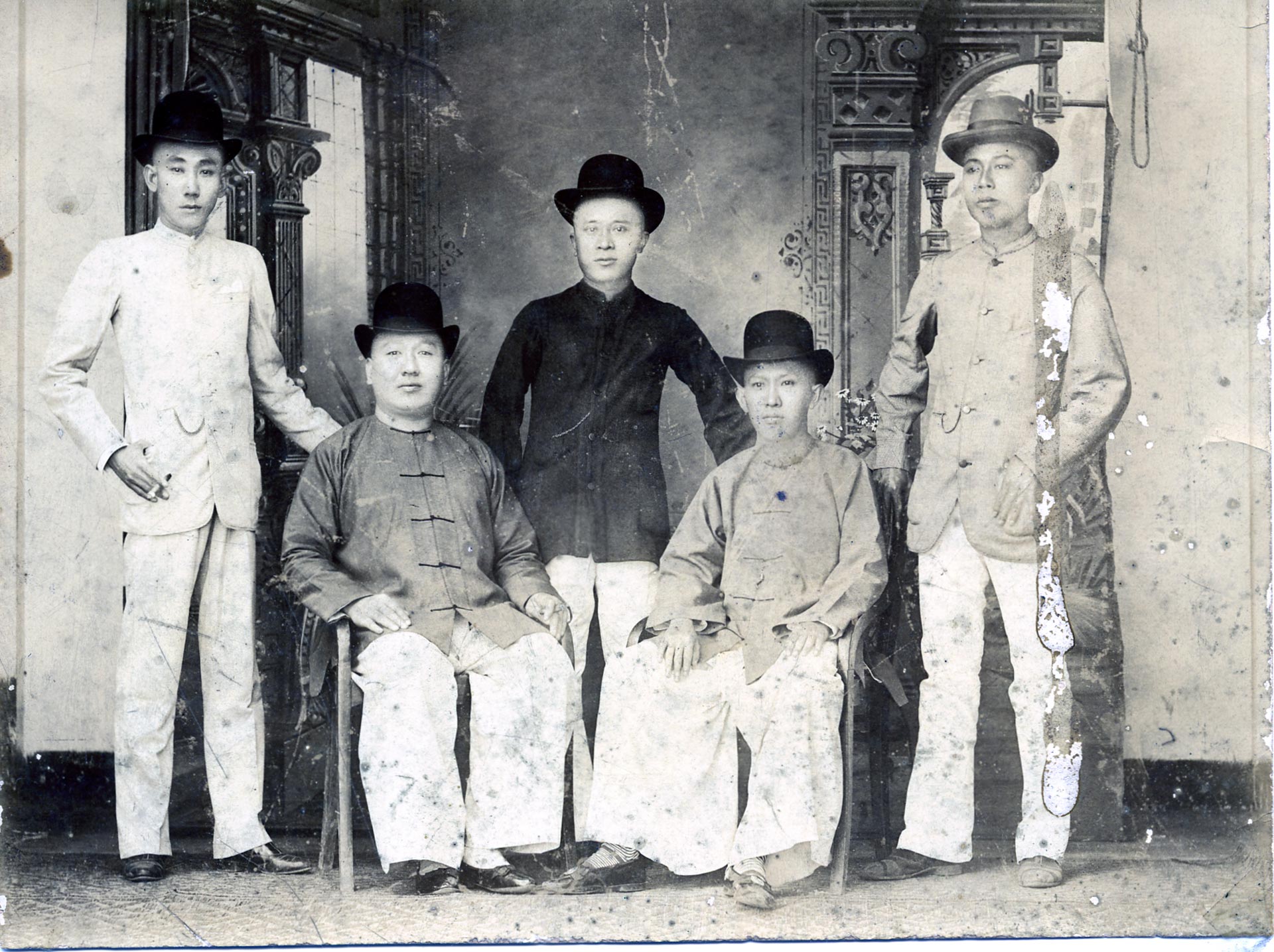
Discover the names and stories of your Chinese ancestors!
If you are interested in uncovering your family history, we would love to be of assistance. Our global team of researchers has helped hundreds of families discover their Chinese roots. Learn more about our services or go ahead and get in touch!
With the global pandemic, My China Roots is offering virtual tours packaged with our research trips to your ancestral village. Check out a demo here!


